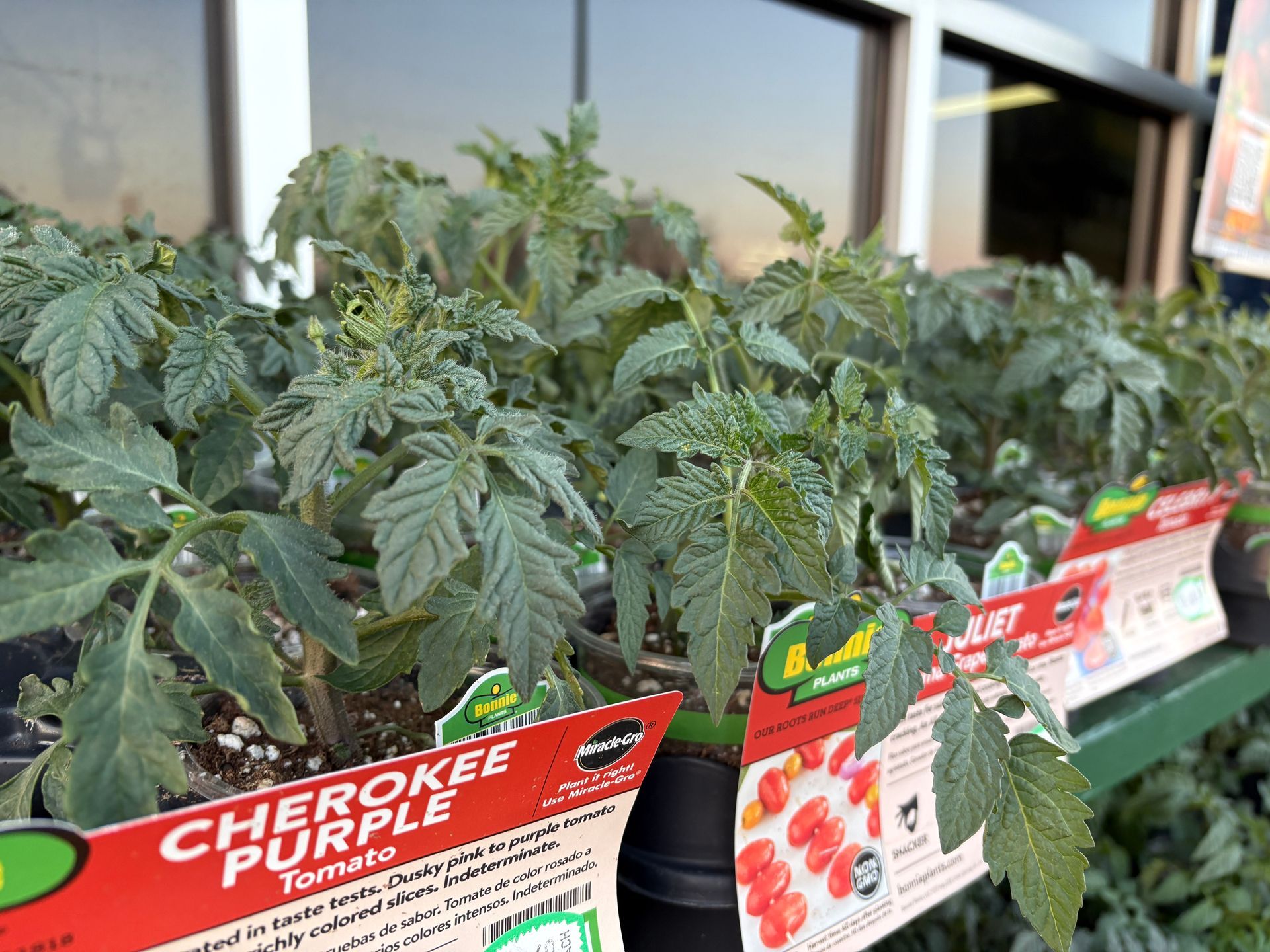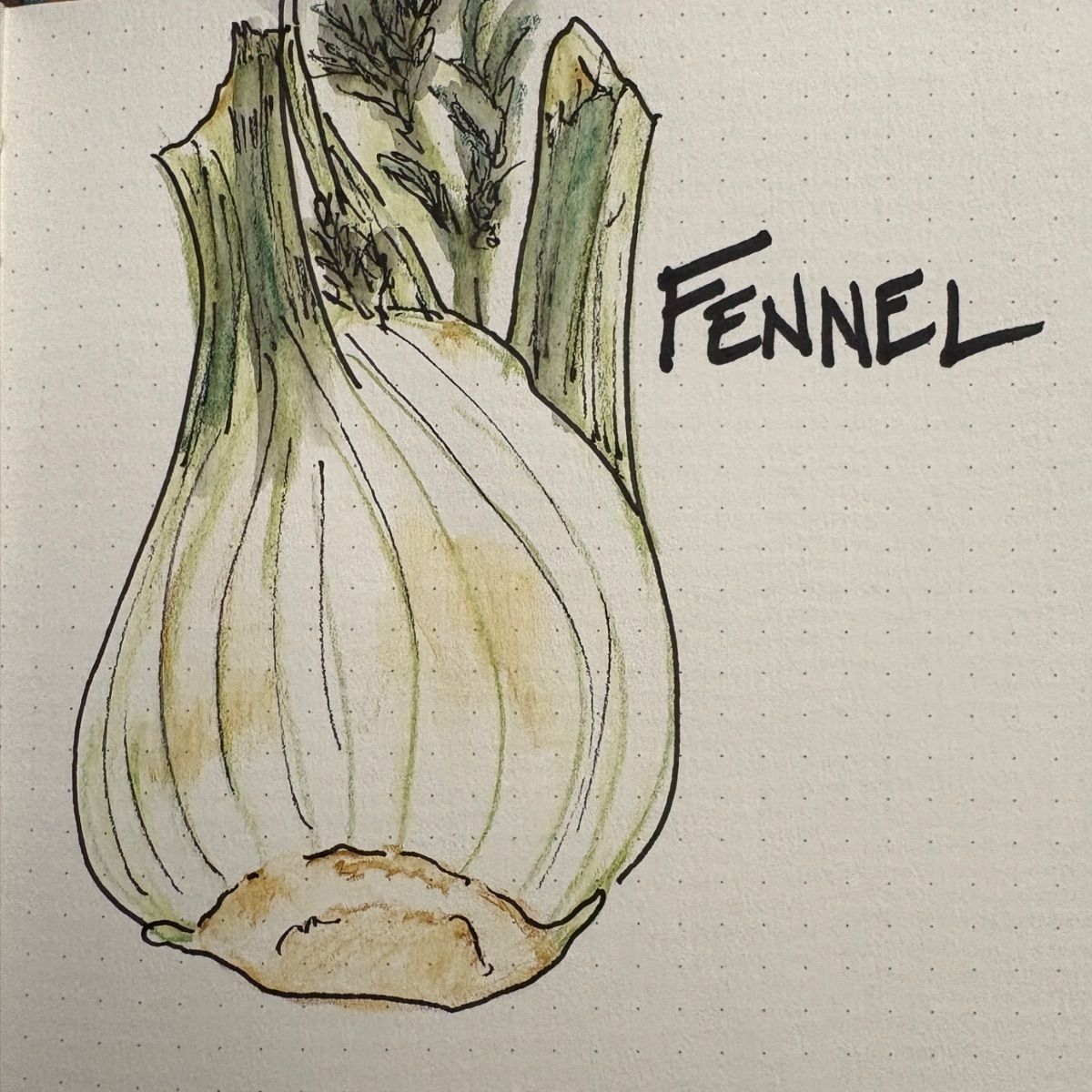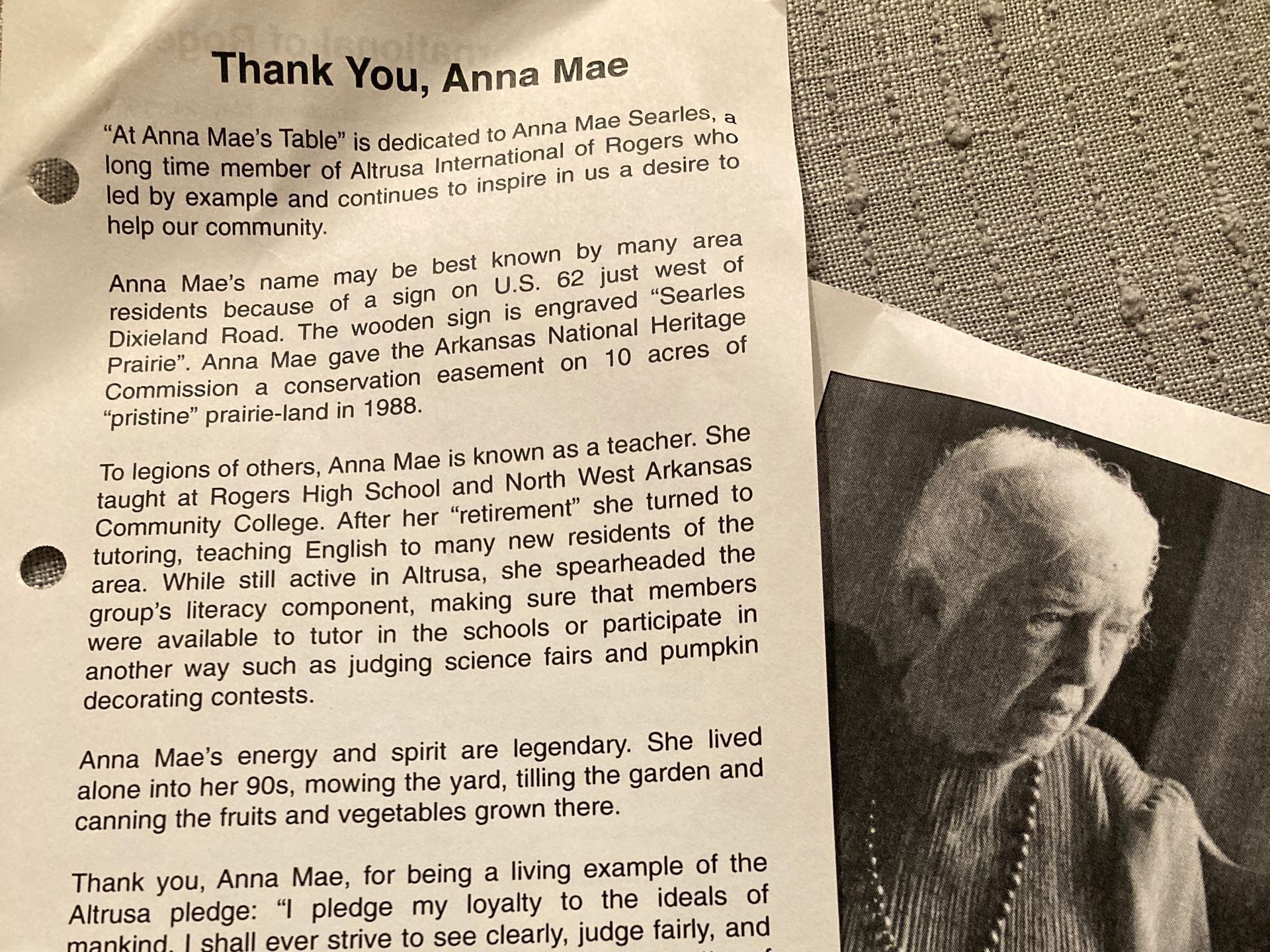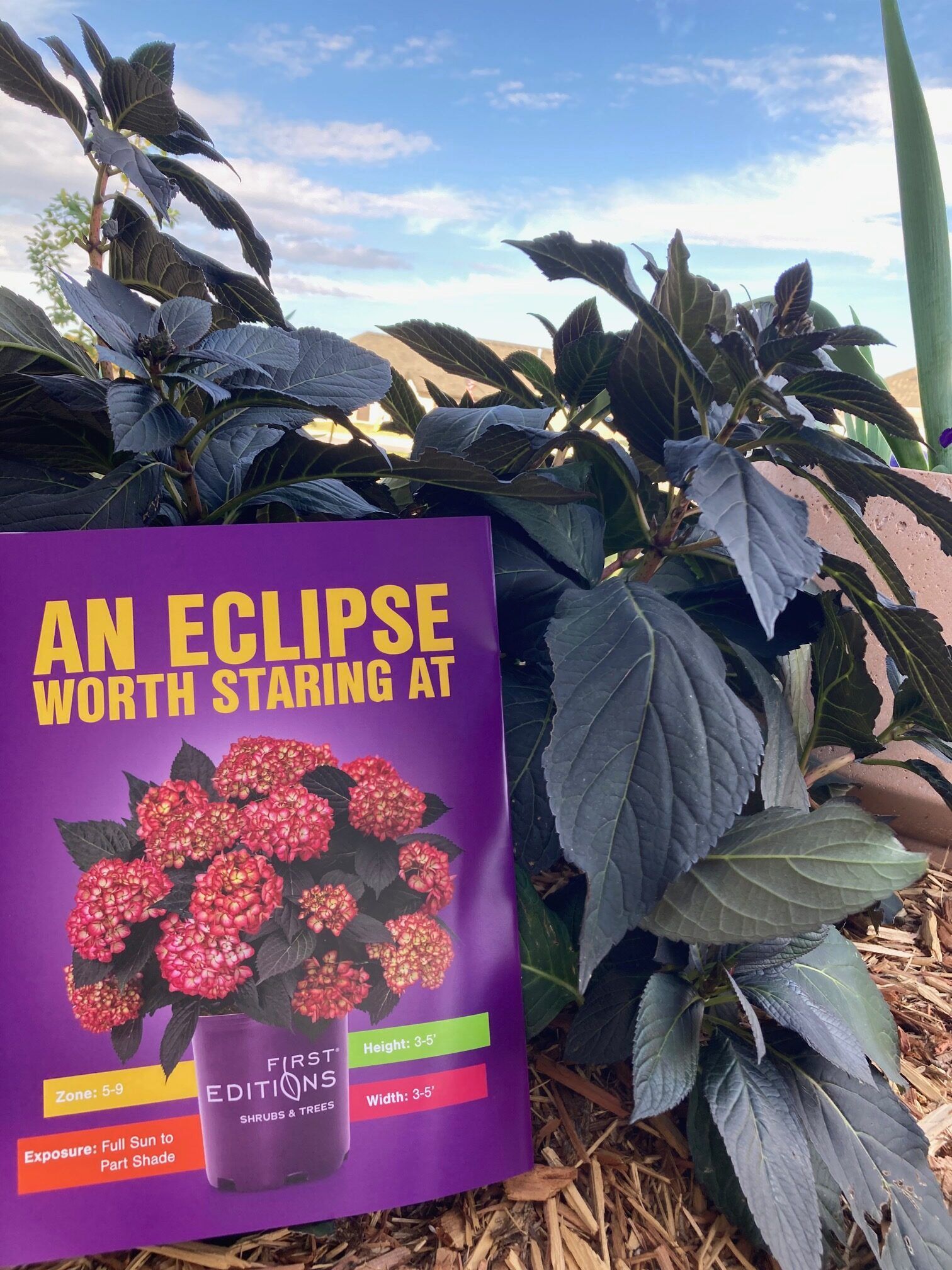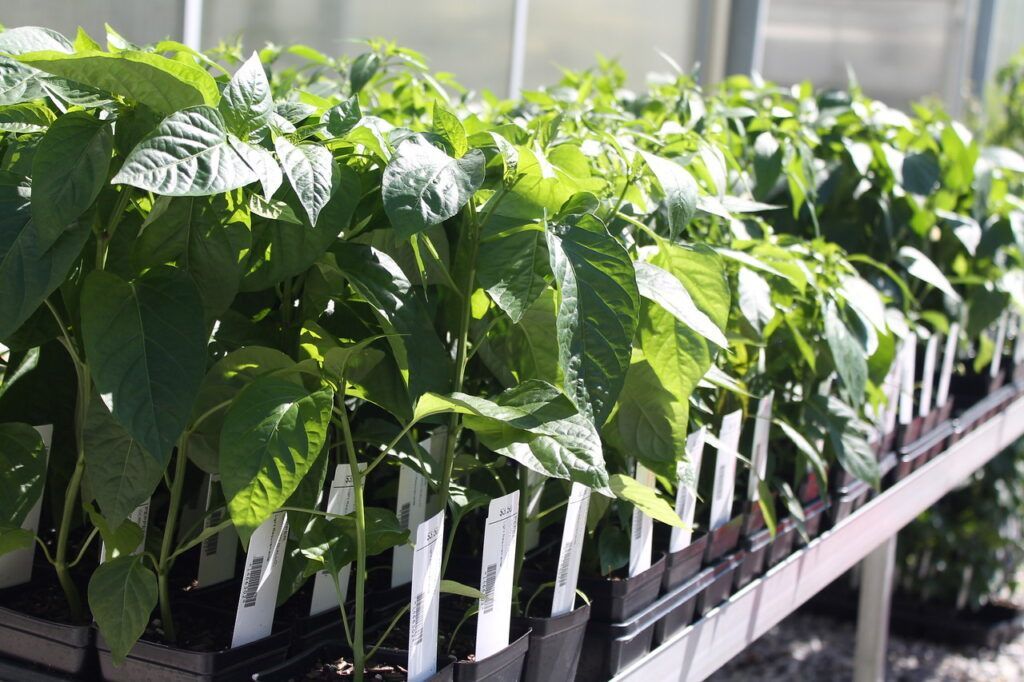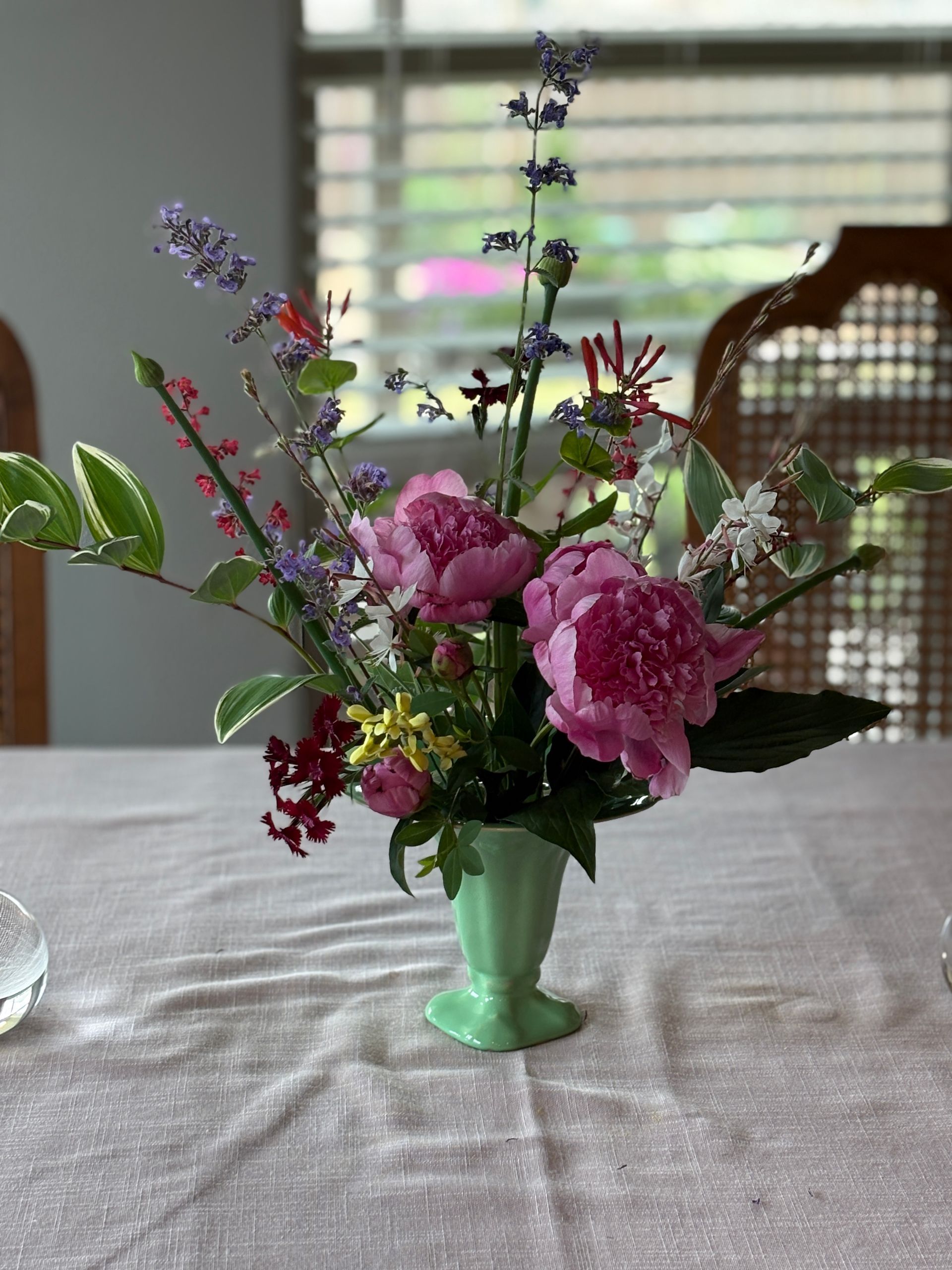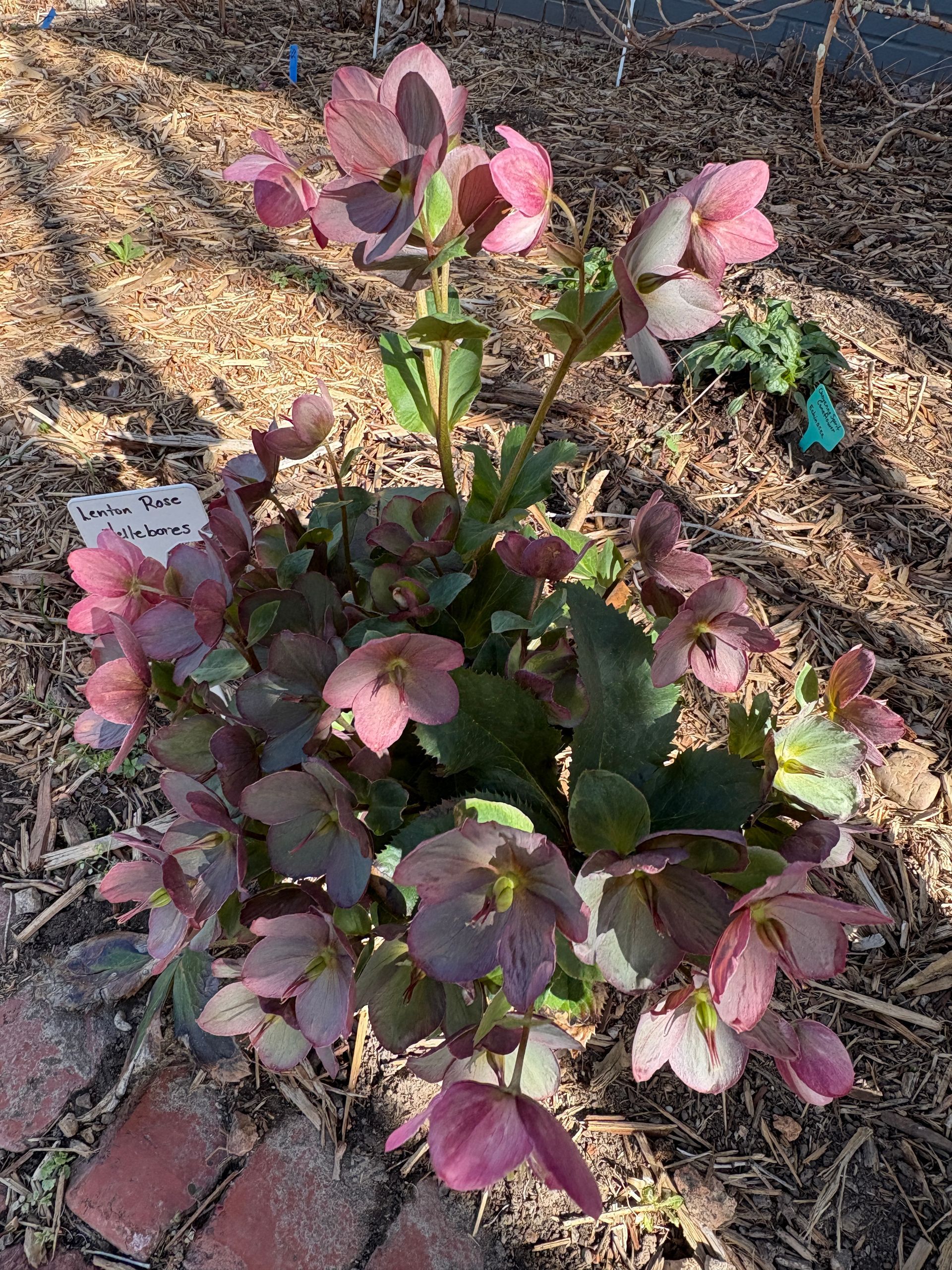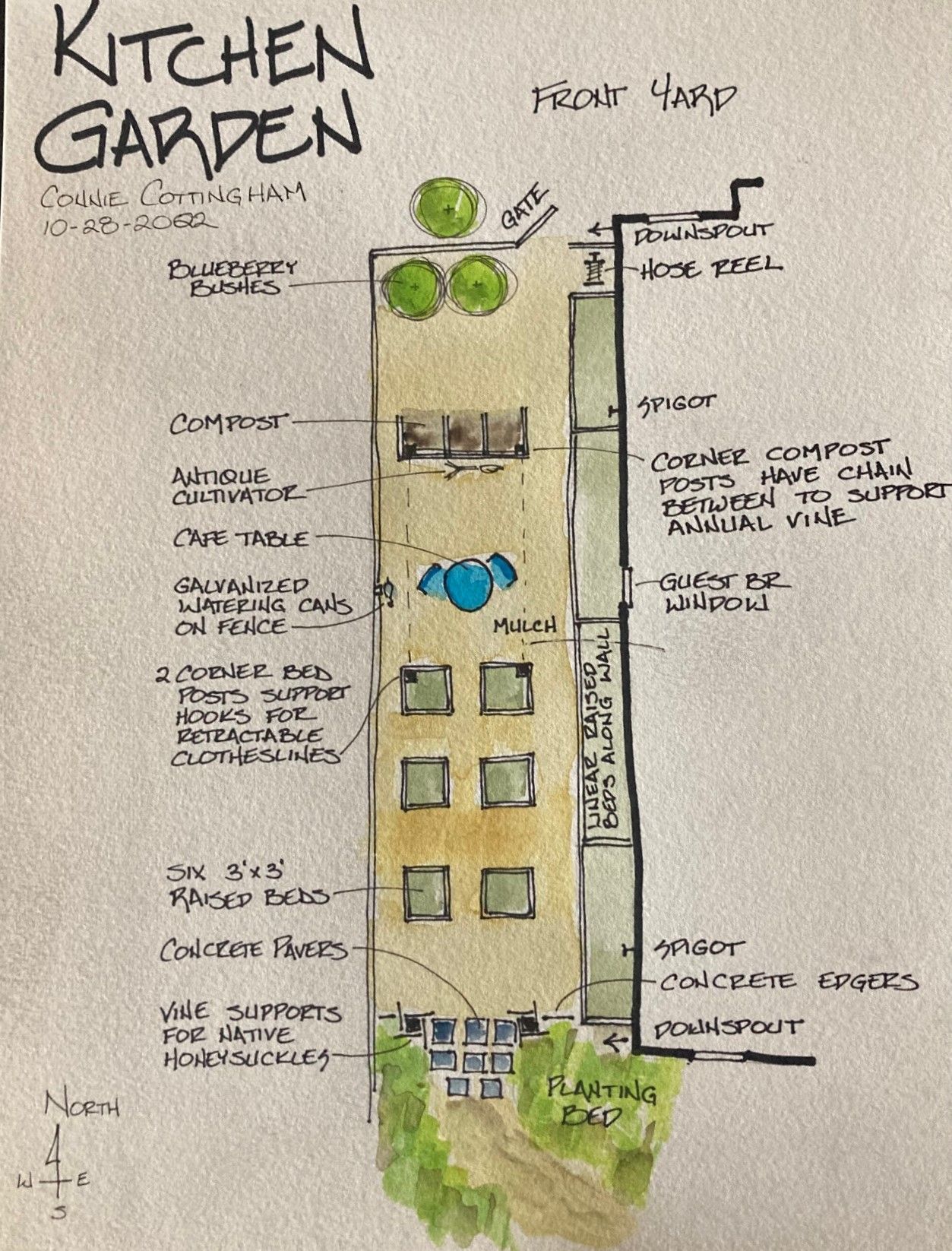Thinking of Dad
I learned about gardening from my father, who grew up in a brownstone in an immigrant neighborhood in New Jersey and, like me, finally owned a small piece of acreage in the South after he turned 40. His passion for gardening compelled him to try it all: fruit and veggies, a greenhouse full of orchids, a front yard arboretum, a rose garden, espaliered fruit trees, banks of daffodils, and a lawn quilt on the side of the house where he trialed every kind of sod he could find.
One thing I learned from Dad was organization. Actually by bad example, because Dad would know just the right tool for the job, then go off into the greenhouse, then the carport, then to the house to get the key to the well house, to the well house, back to the house for the key to the carport closets and through both carport closets to find this perfect tool. I’d get the job done well enough with a tool at hand while this search ensued and when he returned I would agree his way would have been better and yes, his is the perfect tool for the job.
But for a guy whose tools are totally disorganized, Dad is a meticulous organizer of dirt and weeds.
I use the method of weeding that he taught me. One bucket (actually a colorful trug – I do have to add my personality to the chore) is for weeds that go onto the compost pile. The other bucket is for weeds that go in the trash – weeds too noxious to add to the compost. Spent plant tags and other trash are also tossed into this second, much smaller trug.
If a new planting bed is being created, then additional buckets are needed. One is a small container of soil where earthworms are gently placed while the tiller, shovel and pitchfork plow through the bed. They are returned to the planting bed later, when their neighborhood is safe again. Another is for stones found in the bed. These do not return. Yet another may be needed for plants and bulbs that are to be saved and replanted after dividing.
Then there is the organization of the dirt itself, starting with the creation of our garden soil. After dinner in the 1960s, before recycling and living green was cool, food was carefully separated – leftovers for the fridge, meat and bones for the pets and almost everything else for the compost bin, which Dad carried to the cluster of huge 8’ square compost piles. In addition to weeds and kitchen scraps, he added soil and cow manure, both rich in microbes and good bacteria, to these compost bins. After some months the result was rich, dark soil.
But before the soil can be used there is yet more organization. Using a handmade sifter made from 2 by 4s and wire mesh (the one my daddy made for me leans against my compost pile), every shovelful of aged compost is sifted as it enters the wheelbarrow. What doesn’t fit through the mesh is separated again and goes back onto the pile or into a bag hanging on the compost frame that is later carried to the trash can.
This may sound extreme to someone who did not grow up organizing dirt and weeds, but it was expected from me. I am so grateful for that upbringing, because the end result of planting beds with richer soil and fewer weeds is well worth the work – work that is so second nature to me as a gardener that I don’t even think about it when I enter my garden. I just do it. Thanks, Dad.
